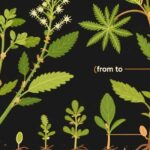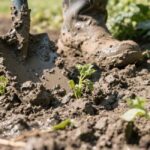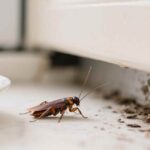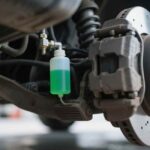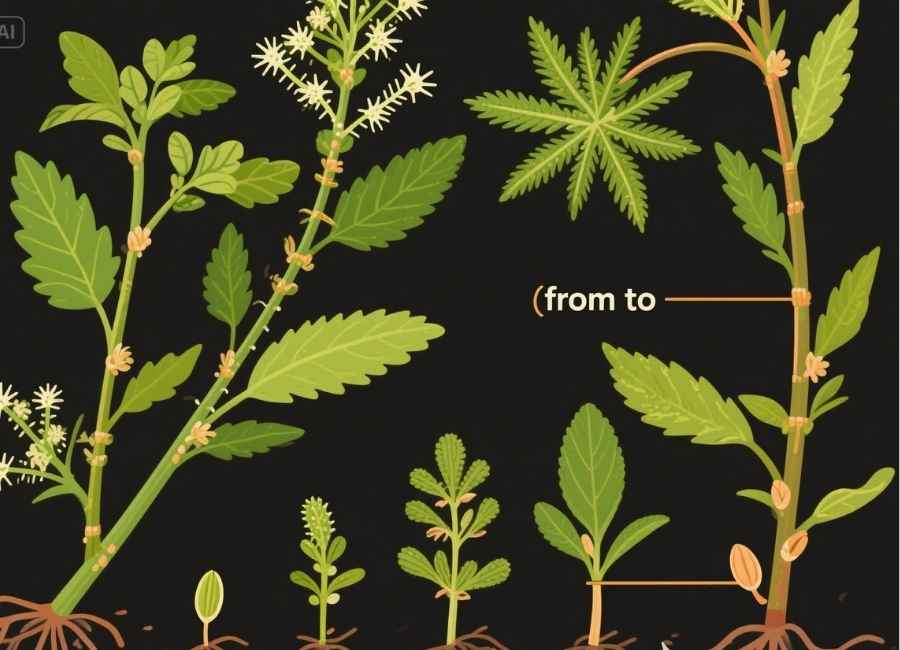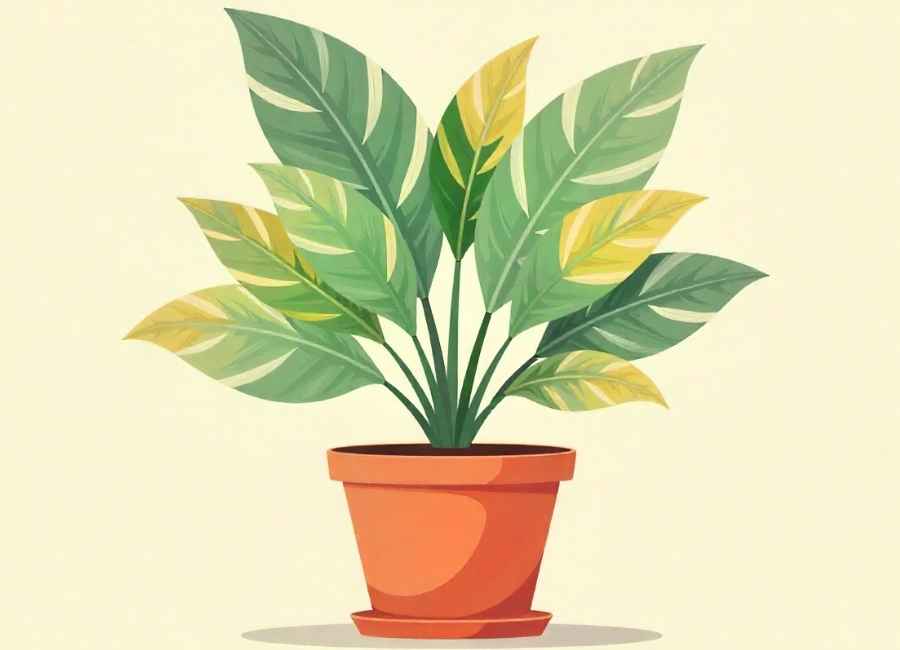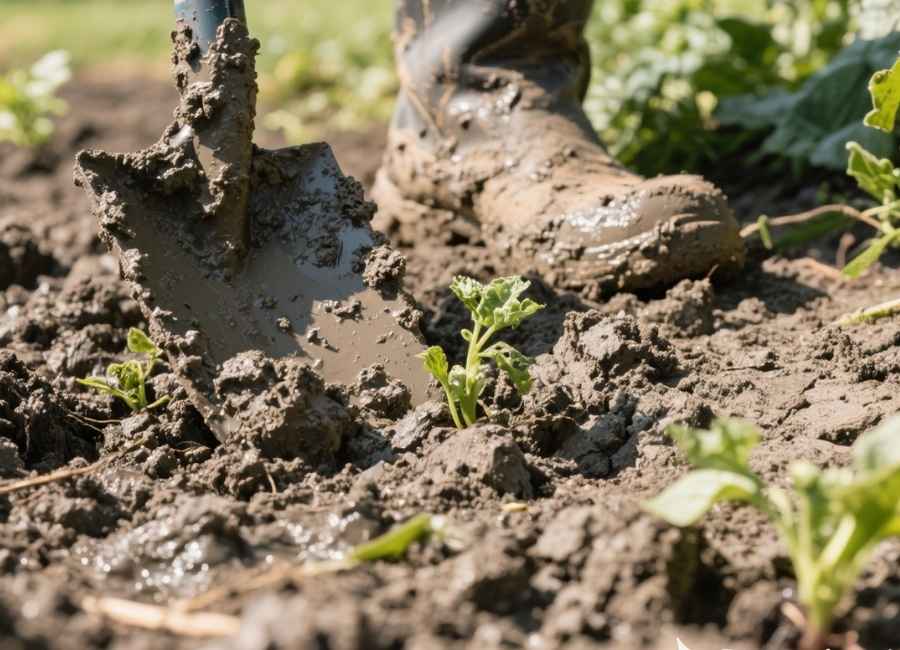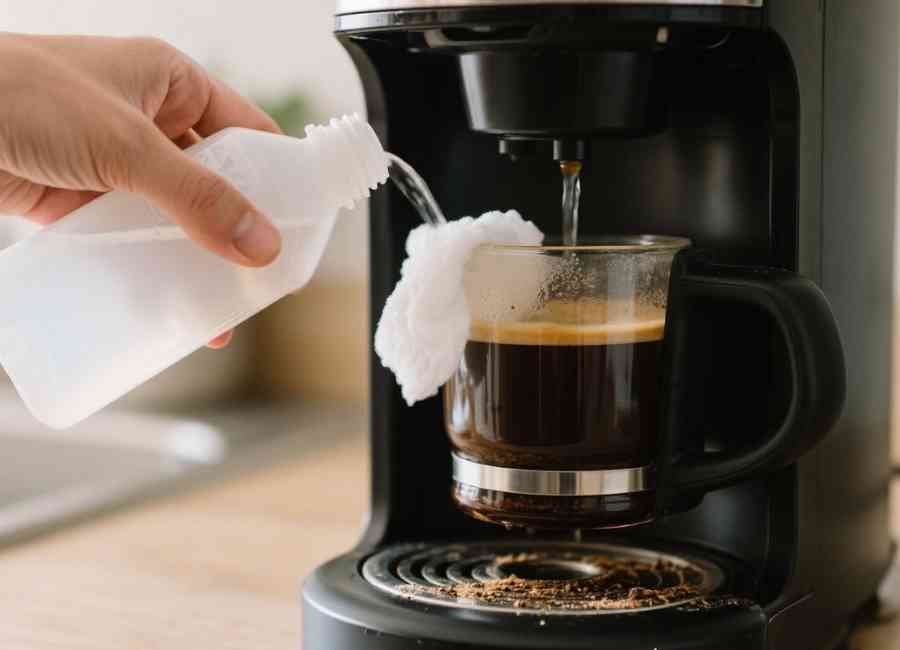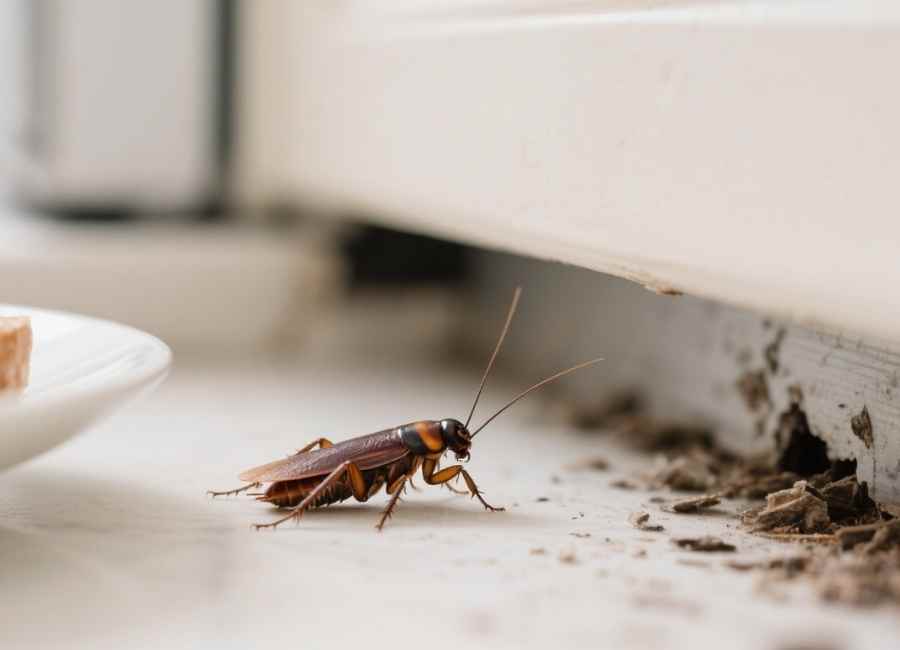If you’ve ever asked an experienced cannabis grower for tips, you may have heard advice like, “Cut at the third node,” and wondered what that even means. To grow healthy, productive cannabis plants, it’s important to know the plant’s anatomy. Every part, from roots to flowers, has its own name, look, and purpose.
This guide will help you learn the basics of weed plant anatomy. We’ll look at each part, what it does, and how to tell male and female plants apart. By the end, you’ll feel more confident talking about and growing cannabis.
The Basic Structure of a Weed Plant
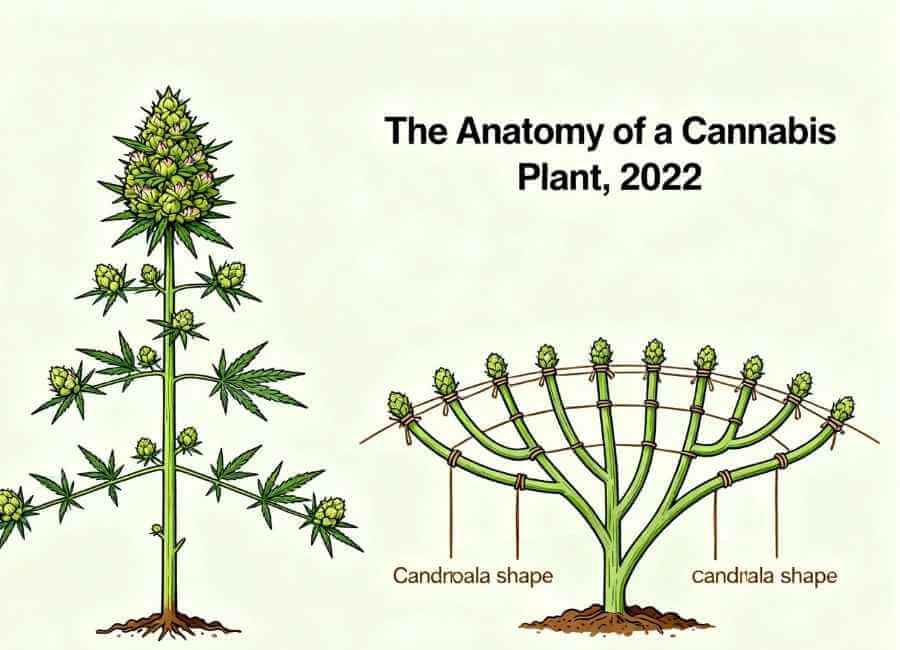
What does a weed plant look like? Naturally, marijuana grows in a shape similar to a Christmas tree, with one main stalk. This shape helps the plant get as much sunlight as possible, leading to a large main flower cluster (cola) at the top and smaller buds on the lower branches. (The Anatomy of a Cannabis Plant, 2022)
Many growers change this natural shape using training techniques. By bending and tying down branches, they create a flat, even canopy, sometimes called a candelabra shape. This helps the plant absorb more light, improves airflow, and makes sure water and nutrients reach all parts of the plant. (The Importance of Pruning in the Flowering Stage, 2024)
A weed plant’s look can change a lot depending on its strain. The three main types are Indica, Sativa, and Ruderalis. (Cannabis, 2025)
- Indica plants are usually short and bushy, with wide, dark green leaves and thick buds. They also flower more quickly than other types. (Cannabis Indica, Sativa, and Ruderalis Explained, 2025)
- Sativa plants are taller and more slender. They feature narrow, lighter green leaves and looser, airier buds, with a longer flowering period. (Cannabis sativa, 2025)
- Ruderalis plants are small and tough. They have lower THC levels and are mostly used to make autoflowering hybrids, since they flower based on age instead of light cycles. (Cannabis Ruderalis – Cannabis Ruderalis, n.d.)
It’s also important to distinguish between hemp and marijuana. While both belong to the cannabis Family, they have different appearances and uses. Hemp plants are tall and slim, whereas marijuana plants are shorter and bushier. (Ferguson, 2025)
The Anatomy of a Weed Plant
Let’s go through the parts of the cannabis plant, starting from the bottom.
Roots
Roots are the base of the plant, growing down into the soil or another medium. They do two main jobs: holding the plant steady and soaking up water and nutrients to send to the rest of the plant.
Stalk
The main stalk is the plant’s central stem. It moves water, nutrients, and sugars from the roots to the leaves and flowers. The stalk also supports the whole plant, holding up the branches and buds.
Branches
Branches, or stems, grow out from the main stalk. They work like smaller versions of the stalk, spreading out to support the leaves and buds.
Nodes and Internodes
A node is a key spot on a stem where new branches and leaves grow. The space between two nodes is called an internode. How long the internodes are affects how far apart the branches are and the plant’s overall height and shape. (Cannabis Plant Anatomy | AAPS Cannabis Cultivation Certificate, 2023)
Fan Leaves
Fan leaves are the big, well-known leaves that grow from the stems. They absorb light for photosynthesis, help release water vapor, and take in CO2. Fan leaves can also store sugars and minerals the plant needs to grow. (Marijuana Sugar Leaves: What they are and Why they Matter, n.d.)
Sugar Leaves
Sugar leaves are small leaves found in and around the buds. They are called sugar leaves because of the frosty trichomes covering them. They help with photosynthesis and also protect the flowers. (The Cannabis Plant Anatomy, n.d.)
Cola
A “cola” is a group of buds that grow close together. The main cola, or top bud, grows at the top of the main stalk and is usually the biggest and densest. Smaller colas grow on the lower branches. (What is a cola? | Cannabis Glossary, n.d.)
Trichomes
If you look closely at cannabis flowers, you’ll notice tiny, crystal-like structures called trichomes. These glands make and store cannabinoids (like THC and CBD), terpenes (which give the plant its smell), and flavonoids. Trichomes also protect the plant by trapping pests and tasting bitter to animals.
Pistils and Stigmas
The pistil is the main reproductive part of a female flower. Each pistil has the ovule and two thin strands called stigmas, which catch pollen from male plants. The color of the pistils shows how mature the flower is—they start white and turn orange or brown as harvest time gets closer. (Frank, 2025)
Bracts and Calyx
A bract is a small, modified leaf that encloses the female’s reproductive parts. The entire cluster of bracts forms what is known as the calyx. The calyx is the very first part of a flower to form and acts as the protective shell for the ovule. Bracts are covered in trichomes and contribute significantly to the final potency and flavour of the buds. (Bracts, Buds, and Biases: Uncovering Gaps in Trichome Density Quantification and Cannabinoid Concentration in Cannabis sativa L, 2023)
Flowers (Buds)
The flower, commonly called the “bud,” is the most sought-after part of the female cannabis plant. It is the primary site of reproduction and contains the highest concentration of cannabinoids and terpenes. These are the parts of the plant that are harvested, dried, and consumed. (A Beginner’s Guide to Successful Cannabis Plant Anatomy, 2024)
Pollen Sacs
Found only on male cannabis plants, pollen sacs are small, banana-shaped structures that develop at the nodes. Their sole purpose is to produce and release pollen for reproduction. (Anatomy of a Cannabis Plant – Nature’s Gateway, n.d.)
Identifying Male vs. Female Plants
Cannabis is a dioecious species, meaning individual plants are either male or female. (A simple and reliable PCR-based method to differentiate between XX and XY sex genotypes in Cannabis sativa, 2023) For growers who want to harvest consumable buds, identifying and separating these plants is crucial.
- Female plants produce the cannabinoid-rich flowers (buds) that are desired for consumption. They show their sex by developing pistils with fine, white hairs (stigmas) at their nodes. (Cannabis sativa, 2025)
- Male plants produce pollen sacs instead of flowers. Once mature, these sacs burst open and release pollen to fertilise nearby females. (Cannabis Pollen: Harvesting, Storage, and Strategic Use for Breeding Success, 2025)
If a female plant gets pollinated, it stops making big, resinous flowers and starts making seeds instead. That’s why growers usually remove male plants as soon as they spot them, to get a high-quality, seedless harvest called “sinsemilla.” (Sinsemilla, 2025) Occasionally, a plant can develop both male pollen sacs and female pistils. This is known as a hermaphrodite, or “hermie.” This usually happens when the plant is exposed to significant stress, such as physical damage, disease, or an interrupted light schedule. Hermaphrodites can self-pollinate or pollinate other female plants, so they should also be removed promptly. (Malabadi et al., 2024)
From Knowledge to Practice
Learning about weed plant anatomy is the first step to becoming a more confident and successful grower. When you know what each part does, you can take better care of your plants, spot problems early, and get a bigger harvest. Every leaf, stem, and flower gives clues about the plant’s health. Now you’re ready to pay attention.


